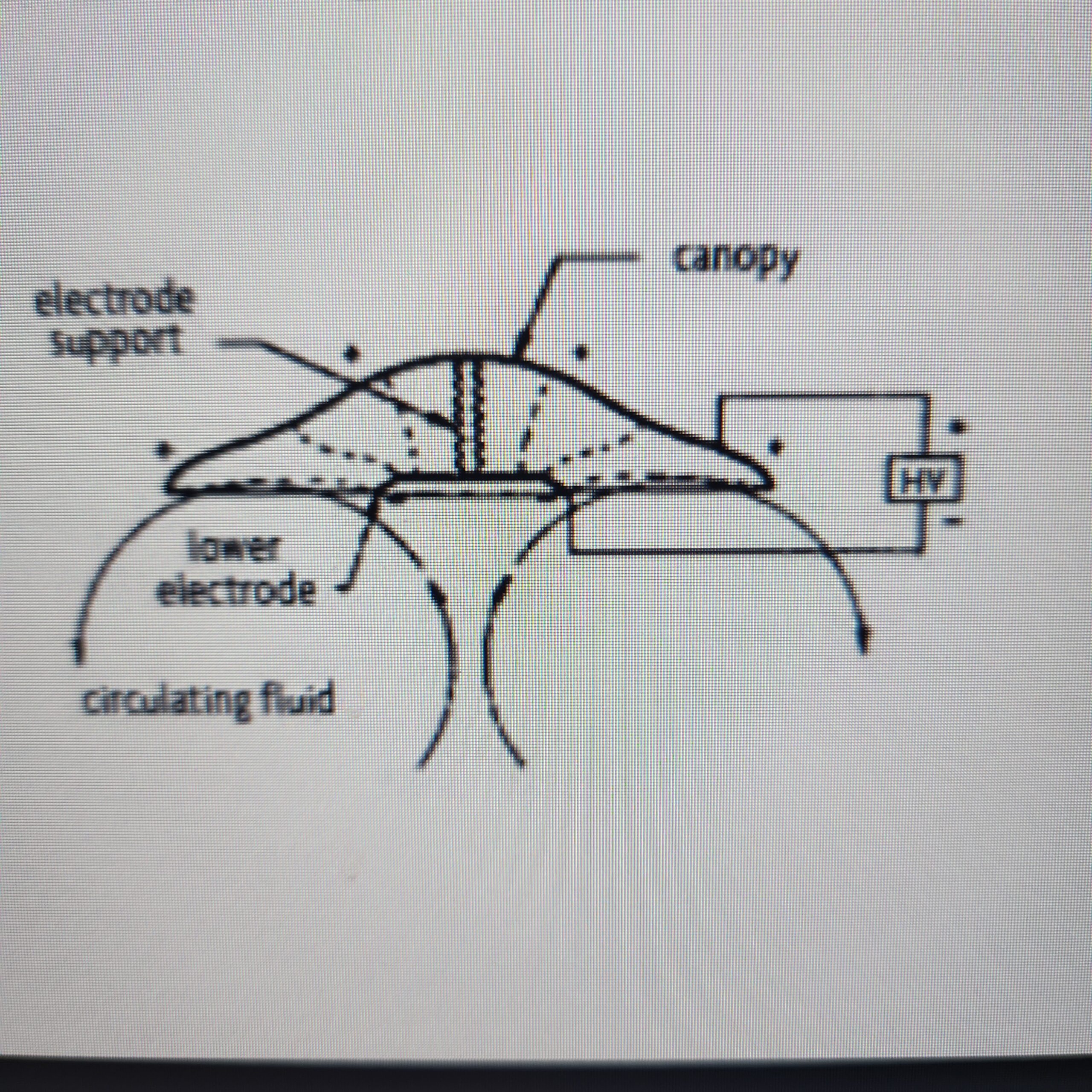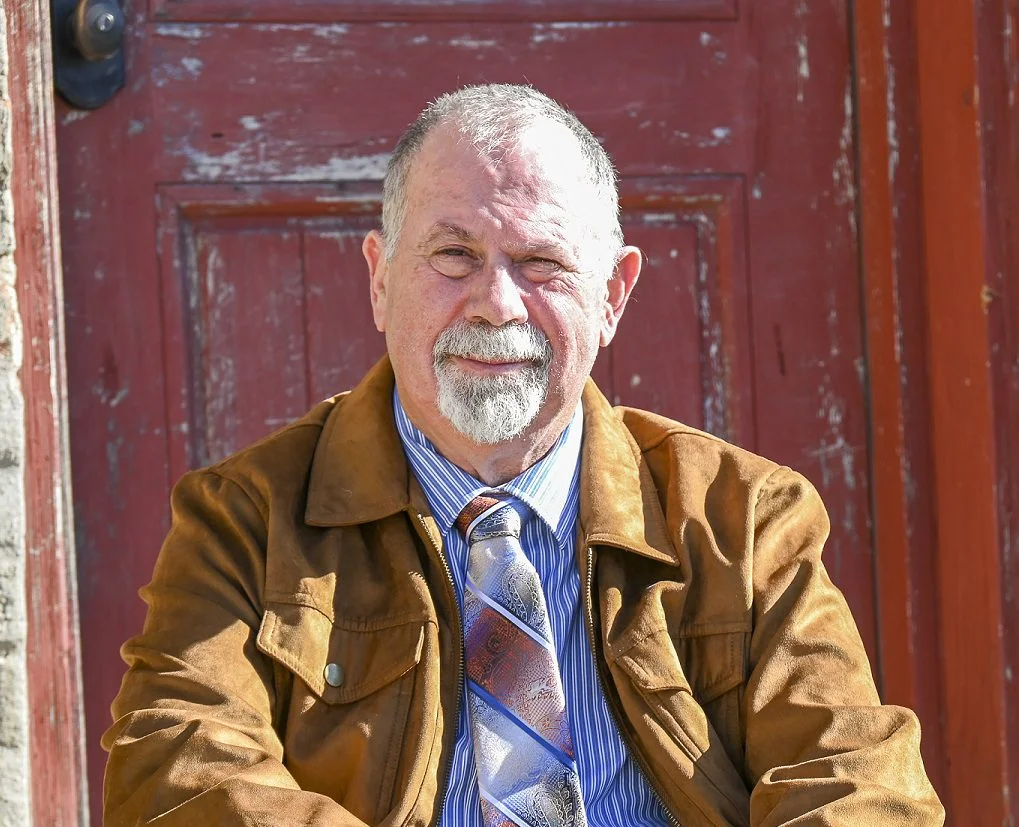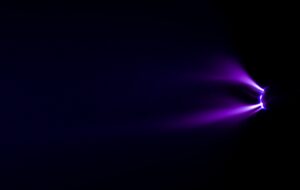At a Glance: Townsend Brown’s Final Years
From rare earth experiments to rumored stealth bomber technology, the Townsend Brown’s Final Years produced astonishing demonstrations, technical reports, and classified whispers. His work in electrohydrodynamics opened new possibilities in propulsion and left behind legacies that still spark debate today.
Read time: 6 minutes
Townsend Brown’s Final Years: Introduction of New Frontiers
When Agnew Bahnson tragically died in 1959, Townsend Brown’s collaboration at Bahnson Laboratories ended abruptly. Yet this loss marked the beginning of the Townsend Brown’s Final Years, the most productive and controversial phase of his scientific career. Through a new venture, Rand International Limited Corporation, Brown filed 75 patents across twelve countries and conducted some of his most daring experiments. This period moved beyond speculation into demonstrations of levitation, stability, and efficiency far beyond conventional engines.
Levitation Breakthroughs and Dome Saucers

Accounts from colleagues confirm that by the early 1960s, Brown had developed saucer-shaped devices capable of lifting more than their own weight. His longtime associate, Kitselman, recalled a demonstration in Washington, D.C., where a 15-inch dome saucer levitated steadily under 59 kilovolts. Letters from Dr. Schaffranke later confirmed the event, noting Brown’s excitement at achieving 110 percent lift.
Brown expanded on this success with an 18-inch disc experiment described in letters to engineer Tom Turman. The larger unit, powered at 170 kilovolts, lifted 125 percent of its own weight. Brown explained how shaping electrodes and balancing charges created lift and stability, all without moving parts.
Electrohydrodynamics: A New Field Emerges
By 1960, Brown’s team at Electrokinetics Corporation released a report titled Electrohydrodynamics. It detailed tests showing that lift was not caused by ion wind but by field effects acting directly on matter. In vacuum chambers, where ionization should vanish, Brown’s devices still produced measurable thrust, up to 110 grams from a 100-gram saucer, using just half a watt of power.
These results translated to efficiency levels thousands of times greater than jet engines or NASA’s early ion drives. Brown’s calculations showed that conventional explanations like ion wind fell short by orders of magnitude. He suggested that hydrostatic pressure gradients under asymmetrical electrodes, influenced by high-voltage fields, played a central role.
Brown referred to this broader study as electrohydrodynamics, an emerging field parallel to magnetohydrodynamics, but focused on how intense electric fields act on dielectric materials.
Toward Spaceflight: Radical Implications
The implications were profound. Brown theorized that scaling his designs could allow constant acceleration spacecraft powered by compact energy sources. For example, with a modest 3-kilowatt supply driving thousands of capacitors, a 100-ton spacecraft could reach Mars in five days.
His calculations suggested thrust-to-power ratios up to 70,000 newtons per kilowatt, figures far beyond accepted physics. Such results hinted at potential breakthroughs that could transform not only aviation but also deep space travel. If documented, they likely drew classified attention, given their implications for defense and aerospace.
Secret Legacies and Classified Whispers
Brown may have held back the most extreme findings, aware of their disruptive potential. Reports circulated of his involvement with advanced projects, from rumored connections to stealth bomber development to consultations with defense agencies. While some of these claims remain speculative, Brown’s patents, reports, and letters confirm he achieved performance levels that mainstream science still struggles to explain.
His later work combined practical experimentation with theoretical models, offering tantalizing hints of propulsion systems that might one day replace rockets and fuel-based flight altogether.
“History reminds us that yesterday’s experiments may hold tomorrow’s breakthroughs.”
— Larry Deavenport
What We Know About Townsend Brown’s Final Years
The Townsend Brown Final Years were filled with invention, experimentation, and mystery. Verified accounts confirm:
- He demonstrated saucers lifting more than their own weight under high voltage.
- Vacuum tests ruled out ion wind, pointing instead to direct field effects.
- Electrohydrodynamic principles offered efficiency orders of magnitude beyond conventional engines.
- His patents and private reports documented potential applications for space travel and field-based propulsion.
The Townsend Brown’s Final Years remain both an inspiration and a challenge. Whether or not some results are still hidden in classified archives, his legacy invites us to ask what new discoveries might emerge if this work were pursued today.
If Brown’s work proved more than theory, what responsibility do we have to explore it further?
Ready to Bring This Conversation to the Room?
Brown’s final years remind us that breakthrough ideas rarely stay hidden forever. What once lived in private labs and classified reports is now beginning to enter public conversations, and those discussions are shaping where propulsion research goes next.
If your group, team, or audience is exploring propulsion, field-based systems, or the outer edge of physics, I offer presentations and keynotes that bring historical context, modern replication, and future implications into clear, grounded focus.
📩 Reach out at 👉 letstalk@larrydeavenport.com or schedule a time to talk about bringing this work into your next event, gathering, or conference.
Sometimes, all it takes to unlock a new direction is hearing the right story at the right moment.
About the Author

Larry Deavenport is a researcher, speaker, and educator with more than 40 years of experience exploring the frontier of electrokinetics, which he calls energy in motion. As founder of Deavenport Technology, he is dedicated to equipping innovators, researchers, and engineers with the clarity, tools, and mentorship they need to transform scattered theories into working prototypes.
Larry’s work focuses on bridging the gap between curiosity-driven experimentation and practical application. His teaching combines structured principles, hands-on demonstrations, and one-on-one guidance to help learners refine breakthroughs and accelerate discoveries. Through his keynotes, workshops, mentoring programs, and his two signature master courses, Larry inspires a new generation of pioneers to explore advanced gravitics and motion-based energy systems that align with natural forces and reduce environmental impact.
Passionate about both discovery and education, Larry continues to share his research and insights at conferences, in collaborative forums, and through his growing platform at Deavenport Technology. His mission is to guide bold thinkers who are ready to move from possibility into progress, shaping the future of sustainable energy and redefining what is possible.
References
- U.S. Patent 3,187,206 — Electrokinetic Apparatus (Townsend Brown, 1965).
- Electrokinetics Corporation. Electrohydrodynamics Report. March 1960.
- Letters from Townsend Brown to Tom Turman, 1958–1962.
- Schaffranke, W. H. Letter confirming Brown’s demonstrations. April 1973.
- Los Angeles Times. “Electrogravitics: A Force Beyond Fuel?” Archival reporting, 1980s.
- Yost, Charles, ed. Electric Spacecraft Journal. Various issues.
- Schatzkin, Paul. Defying Gravity: The Parallel Universe of T. Townsend Brown. Nashville: Embassy Books, 2009.
- Valone, Thomas. Electrogravitics Systems: Reports on a New Propulsion Methodology. Washington, D.C.: Integrity Research Institute, 2002.
- Valone, Thomas. Electrogravitics II: Validating Reports on a New Propulsion Methodology. Washington, D.C.: Integrity Research Institute, 2005.
- NASA Technical Report. Ion Propulsion Performance Data and Applications. 1960s.
- Journal of Electrostatics. Research articles on electrophoresis and dielectrophoresis in high-voltage fields.



